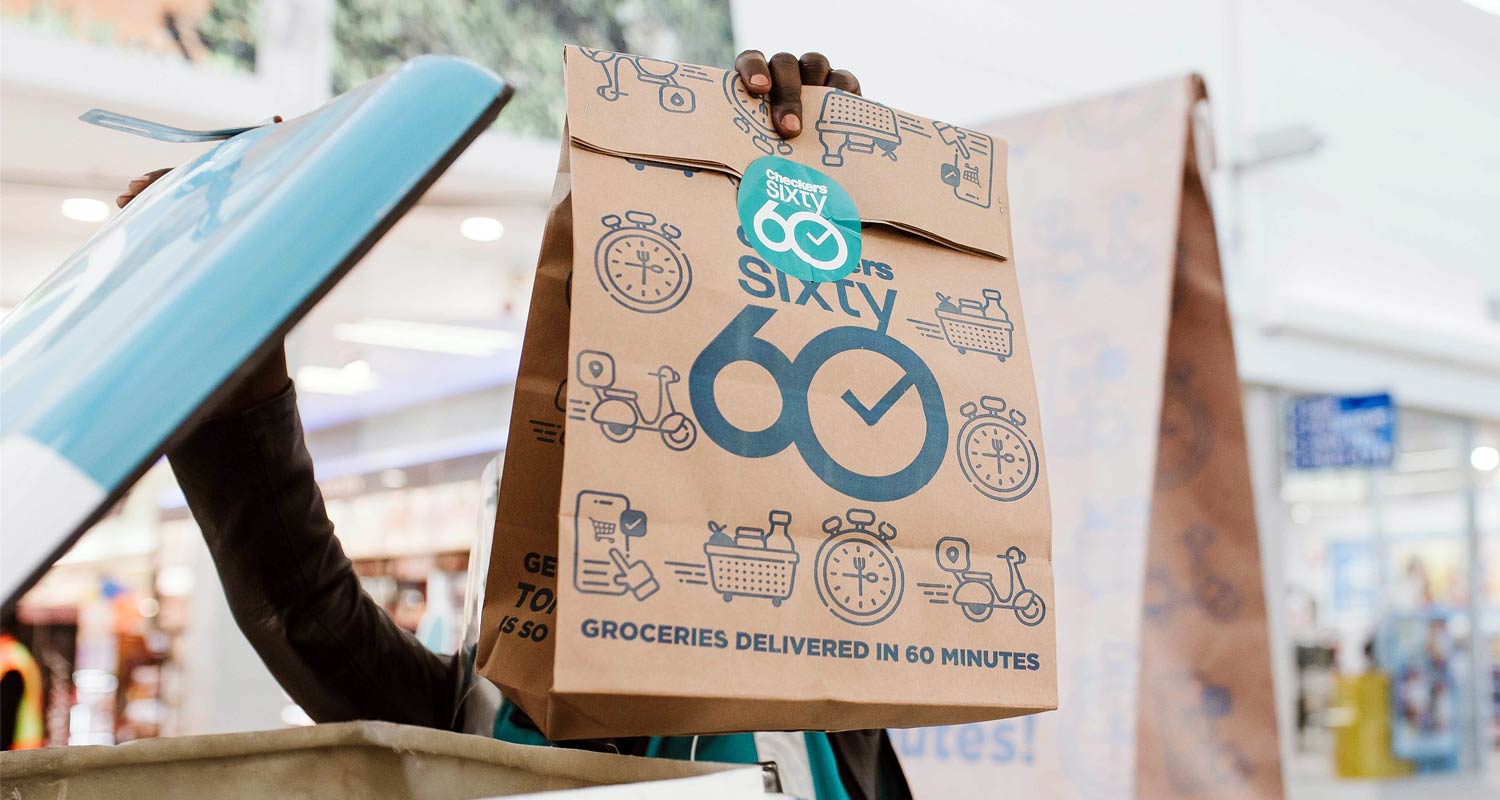
Shoprite Group’s technology division is investing in training, workplace culture and novel technologies to attract and keep talent.
Shoprite Technology provides technical support to its ShopriteX innovation hub and has built products such as the Xtra Savings rewards programme, Uniq cashierless stores and the Checkers Sixty60 grocery delivery app.
Its digitisation effort is supported by a growing contingent of technology staff, now numbering some 1 200 people.
Shoprite Technology detailed the challenges it faces around the development and retention of scare tech skills at its first Shoprite Technology Day round table held at the group’s Brackenfell headquarters in Cape Town on Thursday.
“We were frustrated by the lack of skills in the market,” said Shoprite Technology head of data and analytics Chris Steyn, referring to the retailer’s challenges at the genesis of its digital overhaul.
“We realised that for us to change, we needed to go ahead and invest. We started from scratch in 2017, and what began as a purely data science academy is now much broader. We retain about 95% of the staff that go through the programme.”
South Africa’s yawning skills gap is posing challenges to employers, who see digital innovation as a strategic imperative but find it hard to source the talent to implement projects.
Developing talent
According to a South African labour market intelligence report on skills supply and demand, the introduction of disruptive technology in industry increases the demand for tech skills, which can cause immediate skills shortages.
To solve the problem, employers can either expand their search horizons beyond the country’s borders or invest in developing the talent locally and internally. Shoprite has chosen to do the latter.
Prior to launching the academy in 2017, the retailer did not have much faith in its ability to attract young tech talent. Part of the problem lay in the perception of the retail sector, which does not resonate with the public as a technologically exciting working environment, especially when compared to telecommunications or financial services.
Read: Checkers Sixty60 subscriptions are here
Shoprite’s campus in Brackenfell is also home to ShopriteX, the retailer’s digital innovation hub credited for creating both Xtra Savings and Checkers Sixty60 – both of which were implemented by Shoprite Technology.
“We are now recognised by young talent for the type of innovation we are bringing to the marketplace,” Steyn said.
 Attracting talent is one side of the equation; keeping it is another problem. The retailer has had to change its working environment to keep pace with the differences in values and temperament of a younger tech cohort that emphasises a desire for growth opportunities.
Attracting talent is one side of the equation; keeping it is another problem. The retailer has had to change its working environment to keep pace with the differences in values and temperament of a younger tech cohort that emphasises a desire for growth opportunities.
“We are super particular about growing people internally. There is also a generational aspect to tech, with younger people drawn to newer technologies,” said Shoprite Group IT portfolio head for financial services Adrian Linde. “We are exploring blockchain technology for things like generating gift cards and applications relating to ESG (environmental, social and governance).”
Shoprite Group head of digital technologies Debbie Cunningham explained that experimentation is encouraged its employees. The working environment is agile, with two of the typically six weeklong sprints that technology projects are made up of dedicated to “curious play” and revision. Staff also move freely between teams from project to project, allowing for the sharing of knowledge while keeping employees stimulated with new ideas.
A hybrid in-office and work-from-home model also allows employees a healthier work-life balance.
Read: Some retail stores in South Africa are going cashless
Steyn added: “Our experiments don’t always end up in the marketplace, but we encourage them because the learning we get in the process is useful. We often keep our research on the shelf and revisit it later on. With radio frequency identification tags (RFID), for example, we tried them five years ago and figured the technology was too expensive and would not benefit the consumer, but now that prices have come down, RFIDs are driving cashierless checkouts at our Uniq stores,” he said.
Many young aspirant technologists are keen to work with artificial intelligence tools, seeing the technology as the one most likely to shape the future of society. Shoprite Technology’s experiments in AI have led to several innovations, many of which are not necessarily visible to consumers.
The table below lists some of the ways in which Shoprite is using AI in its operations:
| Tool | Use cases |
| Shoprite GPT | An in-house generative model used for internal code reviews, job spec generation, memos, e-mails, contract reviews and code generation. |
| Computer vision | Monitoring in-store queues and recommending the opening or closing of tills based on demand. Monitoring driver expressions on delivery trucks and sending them alerts (like vibrating the steering-wheel and sounding an alarm) when drowsiness is detected. |
| Predictive modelling | Improving the accuracy of in-store stock levels for short shelf-life products to reduce wastage. Routing to improve route efficiency for delivery trucks and Sixty60 delivery bikes. Workforce management – optimising levels of the various staff needed in store at different times of the day, week and month. External factor modelling – predicting how external events like a marathon or the weather affect the demand for in-store goods and stocking appropriately. |
| Machine learning | Defining optimal delivery regions for Checkers Sixty60. Improving store layouts to optimise space and improve shopper throughput. |
“What has happened with technology at Shoprite is an increasing recognition from the business of the value of using technological tools to drive business efficiency and innovation,” said Shoprite Group CIO David Cohn.
“That places increasing demand on the technology department to deliver faster and more relevant technology to particular use cases demanded from the business. So, what used to be a grudge purchase of technology from the business has changed to the business demanding rapid technology adoption to keep pace with the changes that are happening. That journey has forced innovation within the technology department because we have to deliver more, faster, with fewer resources.” — © 2023 NewsCentral Media




